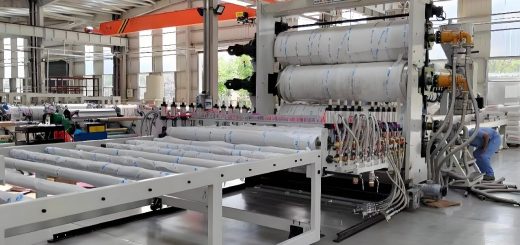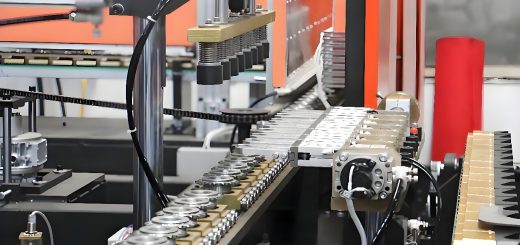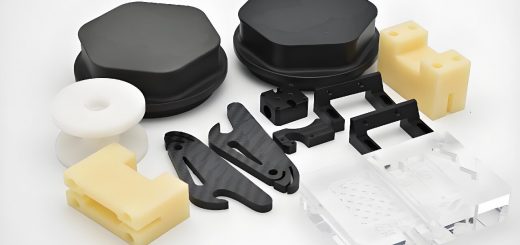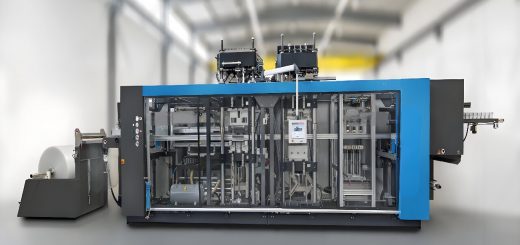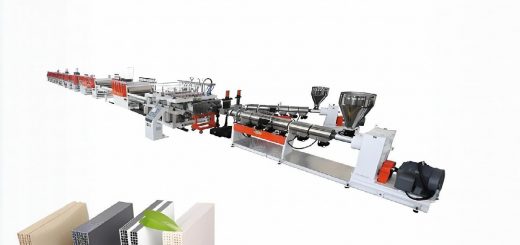Excavators, Crawler excavators, Structural composition and classification
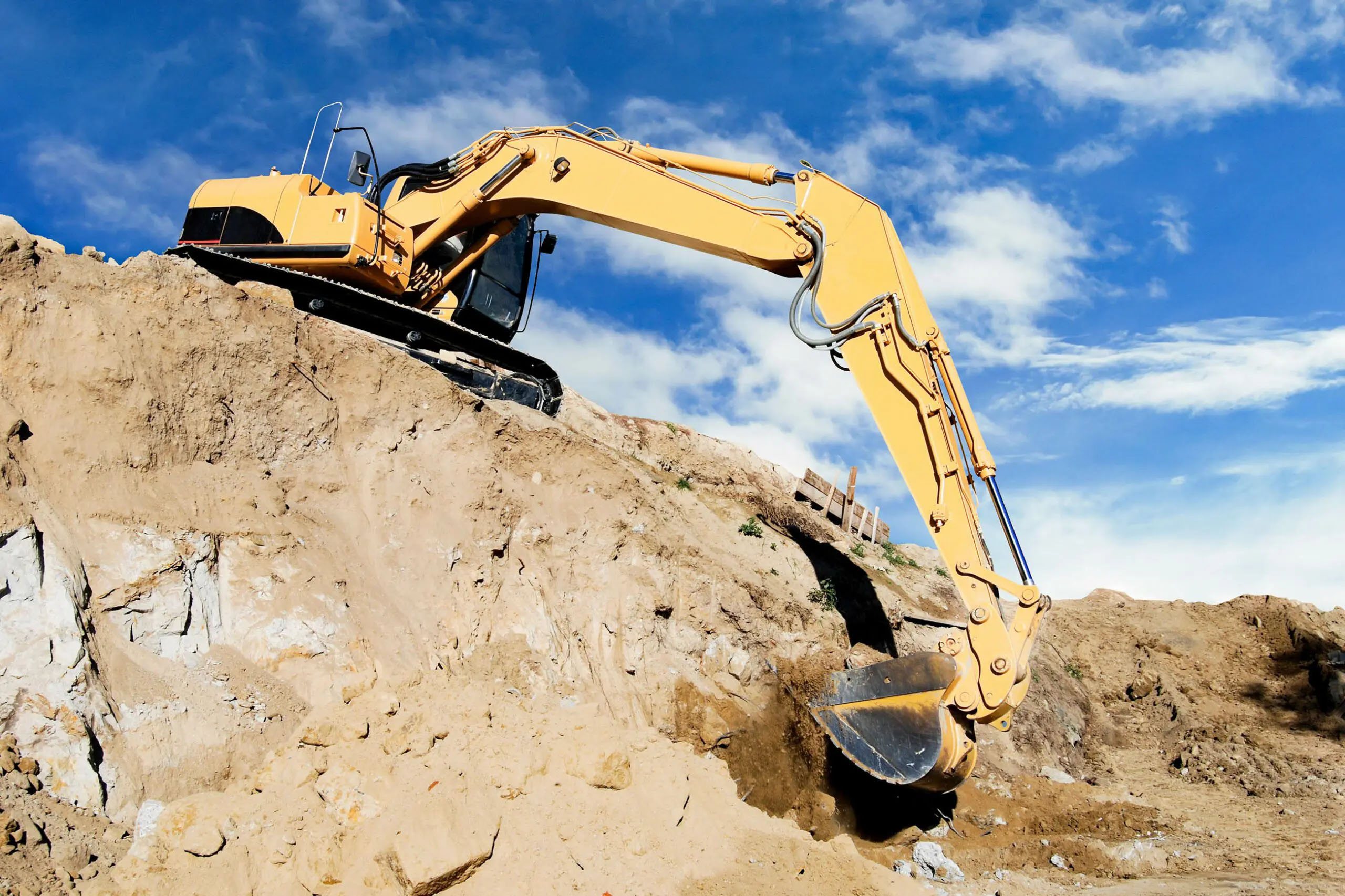
Excavators, also known as excavating machinery, are earth-moving machinery that uses a bucket to dig materials above or below the bearing surface and load them into transport vehicles or unload them to stockpiles.
The materials excavated by excavators are mainly soil, coal, silt, and pre-loosened soil and rocks. From the development of engineering machinery in recent years, the development of excavators has been relatively fast, and excavators have become one of the most important engineering machinery in engineering construction. The three most important parameters of excavators are operating weight (mass), engine power and bucket capacity.
The vast majority of today’s excavators are fully hydraulic full-rotation excavators. Hydraulic excavators are mainly composed of engines, hydraulic systems, working devices, walking devices and electrical controls. The hydraulic system consists of hydraulic pumps, control valves, hydraulic cylinders, hydraulic motors, pipelines, fuel tanks, etc. The electrical control system includes a monitoring panel, an engine control system, a pump control system, various sensors, solenoid valves, etc.
Hydraulic excavators are generally composed of three major parts: working devices, upper bodies and lower bodies. According to their structure and use, they can be divided into crawler, tire, walking, full hydraulic, semi-hydraulic, full-rotation, non-full-rotation, general, special, articulated, telescopic arm and other types.
The working device is a device that directly completes the excavation task. It is articulated by three parts: boom, dipper and bucket. In order to meet the needs of various construction operations, hydraulic excavators can be equipped with a variety of working devices, such as digging, lifting, loading, leveling, clamps, bulldozers, impact hammers, rotary drills and other working machines.
The slewing and traveling device is the body of the hydraulic excavator, and the power device and transmission system are installed on the turntable. The engine is the power source of the hydraulic excavator. Most of them use diesel. In a convenient site, electric motors can also be used.
The hydraulic transmission system transmits the power of the engine to the hydraulic motor, hydraulic cylinder and other actuators through the hydraulic pump to drive the working device to move, thereby completing various operations.
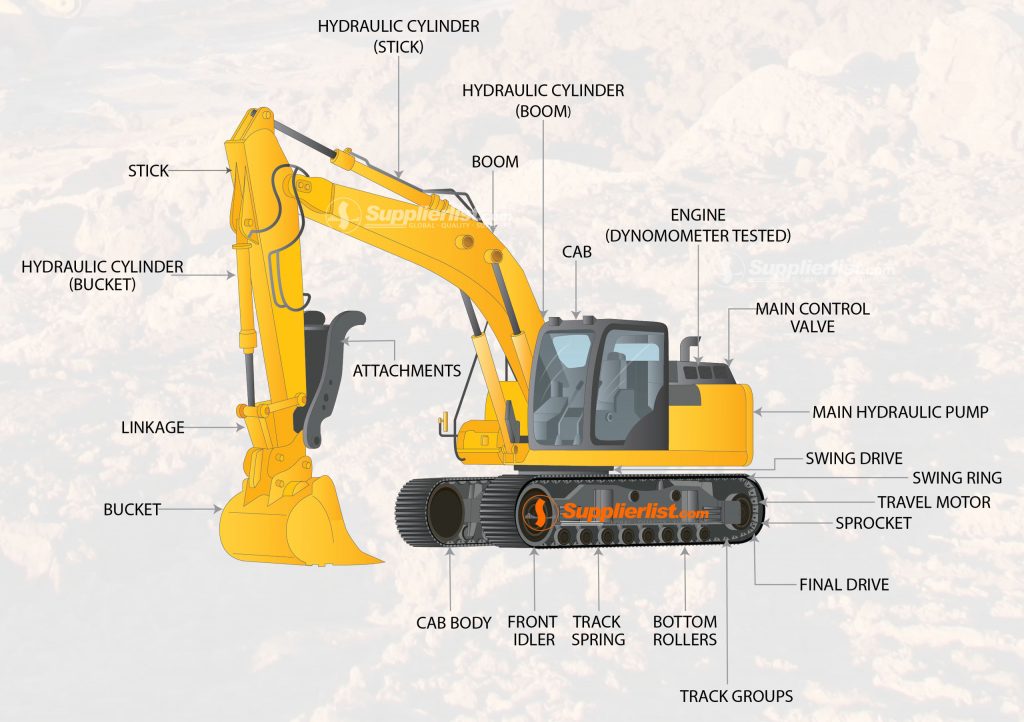
Structural composition
Common excavator structures include power units, working devices, slewing mechanisms, operating mechanisms, transmission mechanisms, walking mechanisms and auxiliary facilities.
The transmission mechanism transmits the power of the engine to actuators such as hydraulic motors and hydraulic cylinders through a hydraulic pump to drive the working device to move, thereby completing various operations.
Travel device
The travel device is the chassis, including the crawler frame and the travel system. It is mainly composed of the crawler frame, travel motor + reducer and its pipeline, drive wheel, guide wheel, sprocket wheel, supporting wheel, crawler, and tensioning buffer device. Its function is to support the weight of the excavator and convert the power transmitted by the drive wheel into traction to realize the travel of the whole machine.
The frame assembly (i.e. crawler travel frame assembly) is an integral welded part with an X-shaped structure. Its main advantage is its high load-bearing capacity. The frame assembly is welded from the left longitudinal beam (i.e. left crawler frame), the main frame (i.e. middle frame), and the right longitudinal beam (i.e. right crawler frame). The weight of the frame assembly is 2 tons.
The central swivel joint is a hydraulic component that connects the swivel platform and the chassis oil circuit. It ensures that the travel motor can still be normally supplied with oil after the swivel platform rotates to any angle. The current swivel joint is a 5-way [4].
Working device
The working device is the main component of the hydraulic excavator. At present, the SANY series excavators are equipped with backhoe working devices, which are mainly used to excavate the soil below the parking surface, but can also excavate the soil below the maximum cutting height. In addition to digging pits, trenching, and loading, it can also perform simple site leveling work. Excavation operations are suitable for excavating soils of grades I to IV. Hydraulic hammers or blasting methods are required for soils above grade V.
The backhoe working device consists of the main parts such as the boom, arm, bucket, rocker, connecting rod, and hydraulic pipelines of the working device including the boom cylinder, arm cylinder, and bucket cylinder.
Power transmission route table
- Travel power transmission route: diesel engine-coupling-hydraulic pump (mechanical energy converted into hydraulic energy)-distribution valve-central swivel joint-travel motor (hydraulic energy converted into mechanical energy)-reduction box-drive wheel-track chain crawler-realize travel
- Transmission route for rotary motion: diesel engine – coupling – hydraulic pump (converting mechanical energy into hydraulic energy) – distribution valve – rotary motor (converting hydraulic energy into mechanical energy) – reduction box – slewing bearing – realize rotary motion
- Transmission route for boom motion: diesel engine – coupling – hydraulic pump (converting mechanical energy into hydraulic energy) – distribution valve – boom cylinder (converting hydraulic energy into mechanical energy) – realize boom motion
- Transmission route for arm motion: diesel engine – coupling – hydraulic pump (converting mechanical energy into hydraulic energy) – distribution valve – arm cylinder (converting hydraulic energy into mechanical energy) – realize arm motion
- Bucket movement transmission route: diesel engine – coupling – hydraulic pump (mechanical energy converted into hydraulic energy) – distribution valve – bucket cylinder (hydraulic energy converted into mechanical energy) – realize bucket movement
Composition and function of power system
·Intake system – mesh cover → hose → air filter → hose → supercharger → hose → intercooler → hose → engine
·Exhaust system – supercharger → expansion joint → muffler → exhaust pipe
·Cooling system – water tank → hose → thermostat → water pump → diesel engine → hose → water tank
·Throttle control system – stepper motor → reducer → worm gear transmission → throttle cable → diesel engine throttle – high idle, low idle limit switch
·Fuel system –
Oil inlet system: fuel tank → hose → hand oil pump → coarse filter → fine filter → diesel engine
Oil return system: diesel engine → hose → fuel tank (the return oil volume is relatively large, use it for partial cooling)
Classification
Common excavators are divided into two types according to the driving mode: internal combustion engine driven excavators and electric driven excavators. Among them, electric excavators are mainly used in plateaus with hypoxia, underground mines and other flammable and explosive places.
According to the size, excavators can be divided into large excavators, medium excavators and small excavators.
According to the different walking methods, excavators can be divided into crawler excavators and wheeled excavators.
According to the different transmission methods, excavators can be divided into hydraulic excavators and mechanical excavators. Mechanical excavators are mainly used in some large mines.
According to the purpose, excavators can be divided into different categories such as general excavators, mining excavators, marine excavators, special excavators, etc.
According to the bucket, excavators can be divided into front shovel excavators, backhoe excavators, dragline excavators and grab shovel excavators. Front shovel excavators are mostly used to dig materials above the surface, and backhoe excavators are mostly used to dig materials below the surface.
- Backhoe excavator
The backhoe type is the most common one we have seen, which is backward and downward, and forced to cut the soil. It can be used for excavation below the shutdown working surface. The basic working methods include: trench end excavation, trench side excavation, straight excavation, curve excavation, excavation at a certain angle, ultra-deep trench excavation and trench slope excavation. - Face shovel excavator
The shoveling action form of the face shovel excavator. Its characteristics are “forward and upward, forced cutting of soil”. The face shovel has a large excavation force and can excavate soil above the shutdown surface. It is suitable for excavating dry foundation pits with a height greater than 2m, but up and down ramps must be set. The bucket of the face shovel is larger than that of the backhoe excavator of the same capacity. It can excavate Class I to III soils with a moisture content of no more than 27%, and cooperate with dump trucks to complete the entire excavation and transportation operation. It can also excavate large dry foundation pits and mounds. The excavation method of the face shovel excavator depends on the relative position of the excavation route and the transportation vehicle. There are two ways to excavate and unload soil: forward excavation and lateral unloading; forward excavation and reverse unloading. - Dragline excavator
Dragline excavator is also called cable excavator. Its digging characteristics are: “backward and downward, cutting soil by its own weight”. It is suitable for excavating Class I and II soil below the shutdown surface. When working, the inertia force is used to throw the bucket out, digging farther, with a larger digging radius and digging depth, but not as flexible and accurate as a backhoe. It is especially suitable for excavating large and deep foundation pits or underwater excavation. - Grab shovel excavator
Grab shovel excavator is also called grab bucket excavator. Its digging characteristics are: “straight up and down, cutting soil by its own weight”. It is suitable for excavating Class I and II soil below the shutdown surface, and is often used for excavating foundation pits and caissons in soft soil areas. It is especially suitable for digging deep and narrow foundation pits, dredging old channels, and digging silt in water, or for loading loose materials such as gravel and slag. There are two excavation methods: trench side excavation and positioning excavation. If the grab is made into a bar shape, it can also be used to load ore blocks, wood chips, wood, etc. in the wood storage yard.


